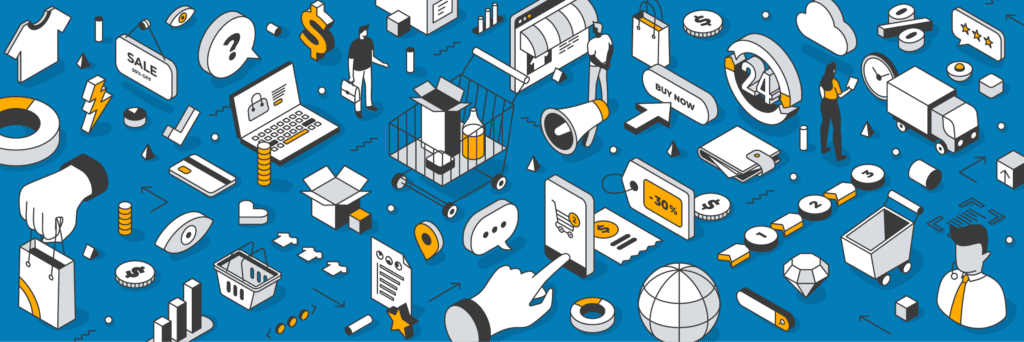The What, Why, and How of Retail Learning and Development

Things move pretty fast in retail. Staying ahead of the latest trends, consumer desires, and market shifts means employees need to stay up to speed in the blink of an eye. Commerce and technology are adding pressure to these challenges as they seem to evolve daily. This is why it’s critical to not only have robust retail store training but also a learning and development strategy (L&D) that encourages instant learning for your frontline workers on the retail floor.
What? Transforming L&D to Retail Training Programs
You want your retail education and training to definitely include skills training because customer service, communication, and problem-solving are all important. But retail employees today want more and traditional L&D approaches such as e-Learning in the managers’ office are not getting the job done. They’re looking for a company and a job where they have the tools to be instantly successful at their job from the very first minute that they walk into your store. This confidence will give them a reason to stay and give them a career path for rewarding work.
This is where transforming learning and development comes into play.
L&D is focused on long-term growth, and for this employees need to see future opportunities with your company. But, if they quit after their first shift, they will never have a chance at that long-term growth. They need to be successful now, which is why many retailers are transforming their L&D strategy to bring learning and knowledge to their employees with quick reference, bite-sized training and reference material, available at their fingertips through powerful searches, on their phones or a tablets. And when you’re looking at a retail learning and development strategy, it’s what will engage the best talent out there because that’s what they want more than cash or bonuses: immediate success on the job and a meaningful job with room for growth.
This is where you begin to develop your brand evangelists too. Retail education and training should also seek to immerse new employees in your company culture. It’s what makes work more meaningful and helps them to feel like they’re part of something bigger.
Why? Elevating Your Business with Retail Learning and Development Strategies
Implementing a comprehensive retail learning and development strategy can significantly enhance your business value. In the dynamic retail sector, where employee turnover rates frequently challenge business operations, adopting effective training and L&D strategies is pivotal. High turnover not only inflates labor costs but also burdens store management and existing staff, leading to increased workloads and decreased morale. However, by incorporating effective onboarding and training methods into employees’ daily routines, businesses can rapidly boost confidence, productivity, sales, and customer satisfaction.
A robust retail learning and development program is instrumental in cultivating teamwork and communication across the board. It ensures that new hires are quickly brought up to speed, while all team members share a uniform understanding of their roles and expectations. This alignment is crucial for delivering consistent brand experiences across all store locations.
Furthermore, an L&D strategy serves as a valuable, reusable knowledge repository, supporting the training of seasonal employees or preparing staff for internal promotions. Adaptability is key in meeting diverse learning preferences, and with the right technological tools, L&D content can be frequently updated and made readily accessible on any mobile device, regardless of an employee’s location.
How? Harnessing Modern L&D Technology for Retail Success
The era of lengthy, ineffective eLearning modules and virtual classroom sessions is over. Today’s retail learning and development technology is designed for efficiency and engagement, offering rapid authoring tools that reduce training and content development time significantly. This increase in agility means retail businesses can quickly adapt to new trends and demands.
Look for learning technologies that support self-paced, multi-stage learning pathways. These allow employees to master new concepts at their own pace, access concise training materials exactly when needed, and apply learning directly on the job. Modern L&D solutions can digitalize traditional, hands-on training methods, providing interactive resources such as diagrams, videos, and task lists with embedded training components. All these resources should be easily accessible via mobile devices, enabling learning anytime, anywhere, even during shifts.
The advantage of contemporary retail learning and development platforms is that they don’t necessarily require extensive IT budgets. The goal is to select technology that meets your employees’ learning needs, offers user-friendly content creation tools, is available across all devices, and ultimately, drives overall business performance.
Incorporating retail learning and development strategies and technologies into your business not only addresses immediate training needs but also aligns with long-term growth objectives. By prioritizing these areas, businesses can foster a culture of continuous improvement and innovation, crucial for thriving in today’s competitive retail landscape.


